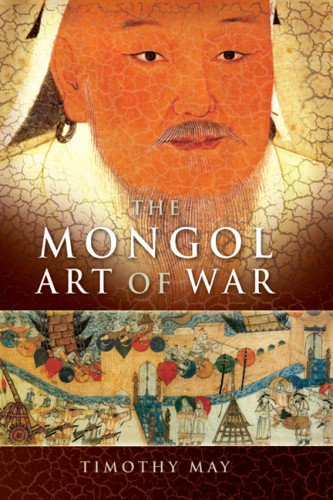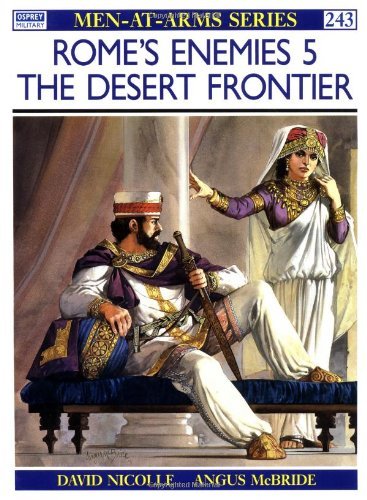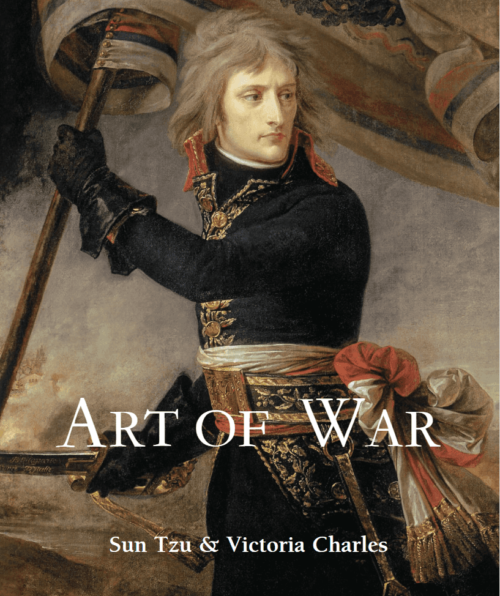“The Mongol Art of War: Chinggis Khan and the Mongol Military System” by Timothy Michael May
Revealing the Discipline Behind the “Screaming Hordes”
Core Translation & Contextual Additions
(Original Text Translated and Enhanced for Global Readers)
Title: The Mongol Art of War: Chinggis Khan and the Mongol Military System
Author: Timothy Michael May
Pages: ~300 (estimated)
Format: Paperback
Rating: 4.0/5.0 (0 reviews)
Scope:
This groundbreaking work dismantles the myth of Mongol armies as chaotic “screaming throngs of horsemen” reliant on brute force. Instead, May reveals a meticulously organized military machine that combined tribal traditions with innovative tactics, discipline, and psychological warfare. From Genghis Khan’s unification of the Mongols (1206) to the empire’s fragmentation in the 14th century, the book traces how Mongol forces evolved into Eurasia’s most versatile and feared fighting force.
Enhanced Translation with Historical Context
Original Text:
“The Mongol armies that established the largest land empire in history, stretching across Asia and into eastern Europe, are imperfectly understood. Often they are viewed as screaming throngs of horsemen who swept over opponents by sheer force of numbers rather than as disciplined regiments that carried out planned and practised manoeuvres. In this pioneering book, Timothy May demonstrates that the Mongol military developed from a tribal levy into a disciplined and complex military organization. He describes the make-up of the Mongol army from its inception to the demise of the Mongol empire, and he shows how it was the strength, quality and versatility of Mongol military organization that made them the pre-eminent warriors of their time.”
Expanded Translation:
The Mongol Empire’s conquests—from Hungary to Korea—were not accidental but the result of a revolution in military science . May argues that Genghis Khan transformed Mongolia’s fractious tribes into a decimal-based army (arban: 10 soldiers; tumen: 10,000 soldiers) with standardized training and meritocratic promotions. Key innovations included:
- Psychological Warfare: Spreading terror through rumors of invincibility and selective massacres (e.g., Nishapur, 1221).
- Logistical Mastery: The yam courier network enabled armies to coordinate across 6,000 miles, with stations every 20–30 miles for fresh horses.
- Hybrid Tactics: Integrating Chinese siege engineers, Persian chemists (for Greek fire), and Turkic scouts into a unified command structure.
Key Additions for Clarity
- Genghis Khan’s Reforms
- Tribal Unification: After defeating rivals like the Naiman and Kereit, Genghis abolished clan-based armies and enforced loyalty through the Yassa legal code, which mandated universal conscription and punished desertion with death.
- Meritocracy: Promoted officers based on skill, not lineage—a Persian carpenter, Chinqai, rose to command siege units.
- Military Organization
- Decimal System: Units of 10 (arban), 100 (jagun), 1,000 (mingghan), and 10,000 (tumen) ensured modular flexibility.
- Specialized Roles:
- Tamma: Garrison troops blending Mongol officers and local recruits.
- Keshig: Elite bodyguards trained in cryptography and intelligence.
- Tactical Innovations
- Feigned Retreats: Luring enemies into ambushes, as seen at the Battle of Kalka River (1223).
- Siege Adaptations: After initial failures against walled cities like Zhongdu (Beijing), Mongols adopted counterweight trebuchets and tunnel-digging teams.
- Legacy of Versatility
- The Mongols’ ability to incorporate foreign technologies—e.g., Chinese gunpowder, Islamic medicine—allowed them to dominate diverse battlefields.
- Post-empire states like the Yuan and Ilkhanate retained Mongol military structures, influencing Ottoman timar and Mughal mansabdar systems.
Why Western Readers Should Care
- Strategic Parallels: Mongol use of psychological terror mirrors modern “shock and awe” doctrine.
- Cultural Impact: The Pax Mongolica enabled Marco Polo’s travels and the Black Death’s spread, reshaping medieval Europe.







评价
目前还没有评价